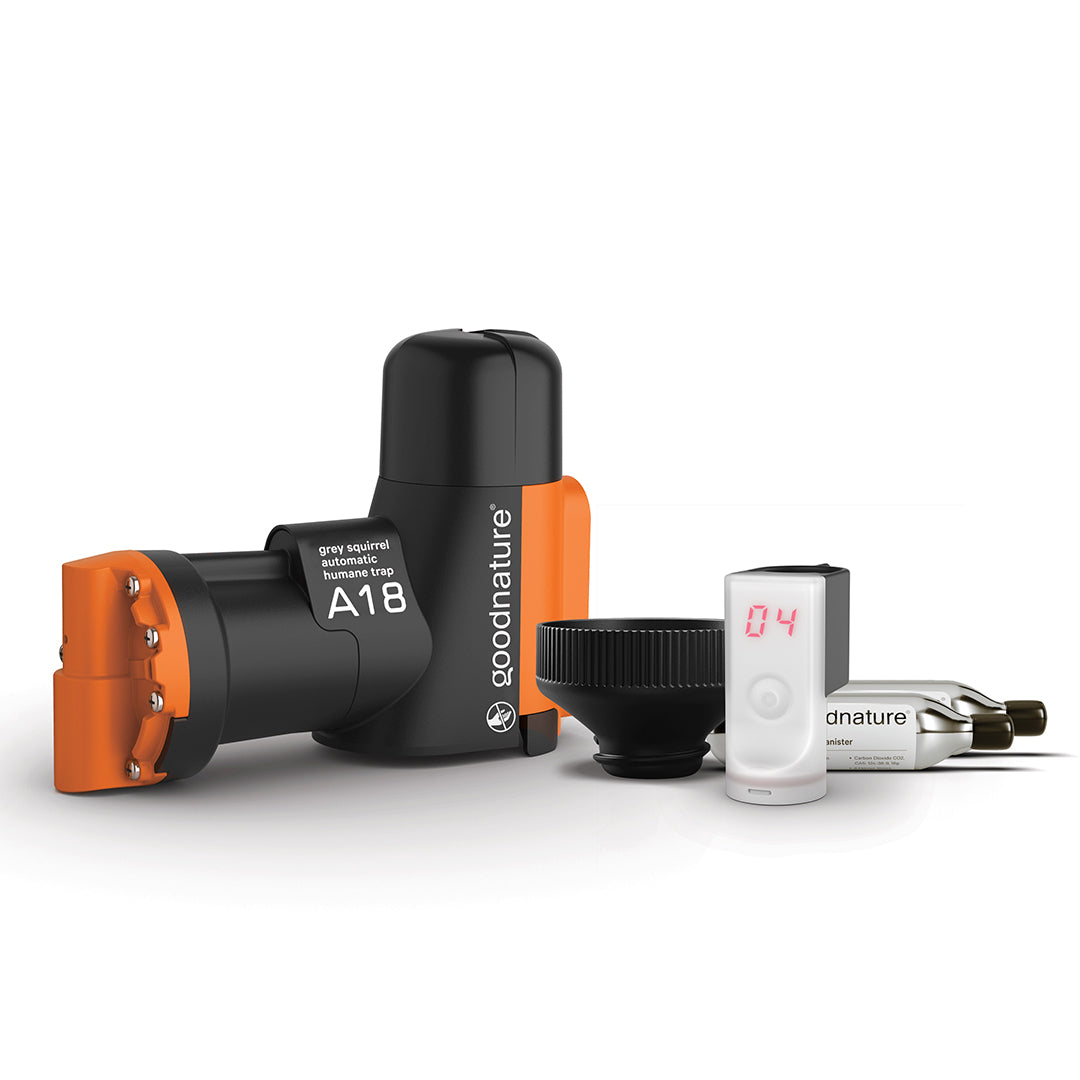Did you know that mongooses, those small, elusive creatures, also have their own unique and captivating social structures? While mongooses are often associated with Africa and Asia, they have also made their presence known in the United States, where their sociological behavior is a subject of intrigue and study.

The Invasive Mongeese:
Mongooses are not native to the United States. Instead, they are considered invasive species in certain regions, primarily in the state of Hawaii. The introduction of mongooses to Hawaii in the late 1800s was an attempt to control the rat population on sugar cane plantations. However, this well-intentioned effort had unintended consequences, as mongooses wreaked havoc on the local ecosystem. Today, mongooses in Hawaii face unique social challenges and have adapted to their new environment in surprising ways.
-
Social Structure
Mongooses are known for their complex social structures, often living in groups called "troops" or "clans." In Hawaii, these troops are typically comprised of extended family units, with multiple generations living and working together. Within a troop, there is a clear hierarchy, with dominant individuals asserting their authority. This social organization is essential for survival, as it helps mongooses cooperate in tasks such as foraging and defending against predators.
-
Cooperative Behavior:
One of the most fascinating aspects of mongoose sociology is their cooperative behavior. These small mammals are known for their ability to work together to achieve common goals. In Hawaii, this cooperative behavior is evident in their efforts to find food and protect their young. Mongooses are efficient hunters and often collaborate when hunting for insects, small vertebrates, and even bird eggs. Their teamwork is essential for survival in the challenging Hawaiian environment.
-
Communication:
Communication is vital in any society, and mongooses are no exception. They use a variety of vocalizations, body language, and scent marking to convey messages within their troop. These forms of communication help mongooses coordinate activities, signal danger, and establish social bonds. Observing and studying these communication methods can provide valuable insights into mongoose sociology.

Challenges and Conservation:
While mongooses have adapted to their new environment in Hawaii, their presence has also posed significant challenges to local ecosystems. They are known to prey on native bird eggs and have contributed to the decline of some bird species. Efforts are ongoing to manage mongoose populations and protect native wildlife.
If you possess specialized knowledge or profound insights that you're currently applying or believe will benefit others, we encourage you to share your expertise with us.
Your valuable wisdom can greatly enrich our community and empower fellow trappers!
Now that you know your target, meet our top mouse killer!

Automatic Trap Company
A18 Squirrel Trap Kit With Digital Strike Counter
Share









